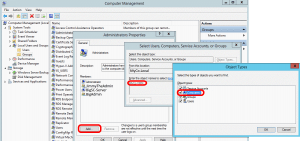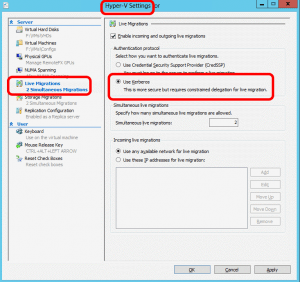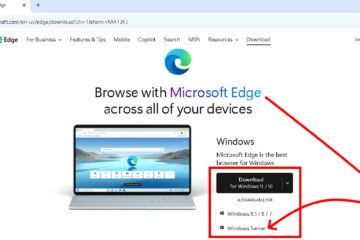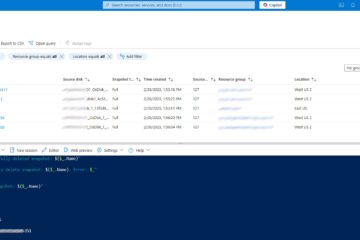If you are trying to install or update the SCVMM agent on your HyperV hosts controlled by System Center Virtual Machine Manager and you might see the following error.
Error (410)
Agent installation failed on <HOST NAME>
Unknown error (0x80041003)Recommended Action
Try the operation again. If the problem persists, install the agent locally and then add the managed computer.
To solve this you will need to add BOTH the SCVMM servers host (computer) name AND the username of the account you are trying to use to deploy the agent into the ADMINISTRATORS group of the target HyperV host.
For instance, if your SCVMM server is named MyCo-VMM and you are using a user account named BigAdmin to deploy the SCVMM agent to a Hyper-V host named YYC-HyperHost1, you would:
- log into YYC-HyperHost1

- launch COMPUTER MANAGEMENT
- Expand LOCAL USERS AND GROUPS > GROUPS
- Double click on ADMINISTRATORS
- Click the ADD button
- Type in BIGADMIN and press OK
- Click the ADD button
- Click the OBJECT TYPES button
- Click COMPUTERS and click OK
- Type in MYCO-VMM and click OK
- Click OK
- Go back to your SCVMM Server (MyCo-VMM in this example) and try to push or update the agent again
Other things to keep in mind with SCVMM agent installs are:
- Make sure you migrate all of your VM’s off the host in question because the agent installs a NIC driver which can drop your VM’s during the install

- In the host servers HyperV Settings, make sure Kerberos as the AUTHENTICATION PROTOCAL for live migrations.
- Ensure the DCOM service is running
- Give the deployment user (in this example BigAdmin) full control of both WMI and DCOM as per THIS post or you might see the following errors
- VMM does not have appropriate permissions to access the resource C:\Windowssystem32\vmguest.iso, or;
- VMM does not have appropriate permissions to access the resource C:\Windows\system32\qmgr.dll
- patch and rebooted the host servers
That is all I can think of 🙂



0 Comments